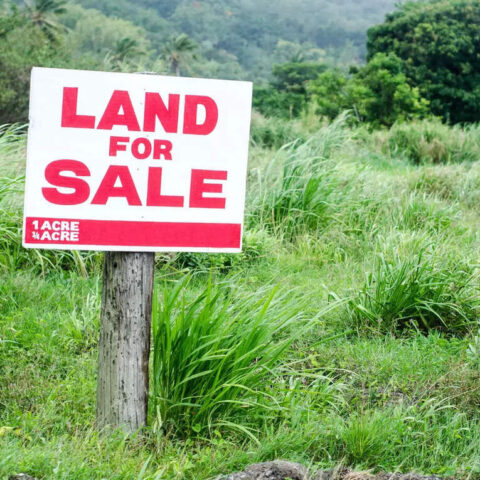As a partner in the beloved Los Angeles decorative arts gallery Blackman Cruz, Adam Blackman naturally has access to a cornucopia of furnishings, objets d’art, and artwork spanning centuries. He’s got the pick of the litter. So it’s only logical that clients and devotees of the Blackman Cruz aesthetic (recently captured in the book Beauty & Mischief: The Design Alchemy of Blackman Cruz) should be curious about the weekend getaway he shares with his wife, graphic designer Kate Blackman. Which treasures have the couple set aside for their personal pleasure? How do you decorate a home when you have a veritable king’s ransom in extraordinary furniture to choose from?
The site for these ruminations is a modest yet soulful home originally built in 1959 amid lush orange groves in Ojai, California. “We chose Ojai because of its proximity to LA. We wanted something easily accessible but still a world away from the hubbub of the city,” Adam explains. “Ojai has the feeling of old Greenwich Village or Venice [California] in the 1980s—a place with real energy, excitement, and eccentricity. It has a small-town feeling and a real sense of community. We’ve socialized more in Ojai than we have in 25 years of living in LA,” he adds.
“At first, we were looking for an older house, perhaps something from the 1920s. We weren’t thinking about another midcentury,” Kate says, referencing the couple’s classic A. Quincy Jones–designed home in the city. “The Ojai place has the character of a midcentury, but it skews much more rustic. Ultimately, it was the garden—the pepper trees, oaks, and agaves—that really sold us.”
In addition to the primary residence, the verdant compound encompasses a petite guesthouse, a studio/entertainment pavilion, and small garden and storage sheds. “Our approach to the renovation was strategic editing to pare everything back to the original vision. It was all about simplifying, organizing, and bolstering that indoor-outdoor connection so that the landscape, both near and far, is part of the experience,” Adam notes. As a case in point, he describes the installation of broad windows in the living room to capture views of Ojai’s Chief Peak.
The decorating portion of the renovation, although chockablock with fine furniture, does not flaunt its design trophies. Instead, the decor revels in alluring objects more closely aligned with the idiosyncratic spirit of the homeowners—pieces perfectly suited to the unpretentious character of the property and the community. In the studio, for example, one’s eye immediately alights on a 1960s aluminum Jetboard, a rare motorized surfboard conceived by Alfred Bloomingdale, scion of Bloomingdale’s empire. Installed as a wall-hanging sculpture, the surfboard joins a 12-foot-long sofa and a massive cocktail table of marble and brass, both set atop a Sarouk rug handed down from Adam’s grandma Rose.
In the dining room, a 1965 Pablo Picasso wall hanging of an abstracted mountain scene nods to the Ojai terrain. “It’s one of the pieces we acquired specifically for this house. It mirrors the view on the other side of the room,” Adam says of the Picasso textile, which is joined by a vintage Danish dining table and a chandelier from the Blackman Cruz Workshop collection. Another BC creation—a cocktail table of dripping bronze—anchors the living room in the primary residence, where it rests near a side table by Mexican designer Pepe Mendoza, whose work is represented throughout the home. In the home office, signature creations by an eccentric coterie of boldface names—Claes Oldenburg, Carlo Bugatti, Børge Mogensen—rub shoulders amicably, sparking intriguing design conversations. Mixed with other great furnishings of no particular pedigree or provenance, these 20th-century masters feel delightfully at ease in chez Blackman.
“We tried to cultivate a relaxed, comfortable vibe rather than an assemblage of ‘important’ design. It’s not about fine decorating or fancy living here,” Kate says of the overriding sensibility. Adam seconds the notion: “This place is our refuge from the hell of the city.”







